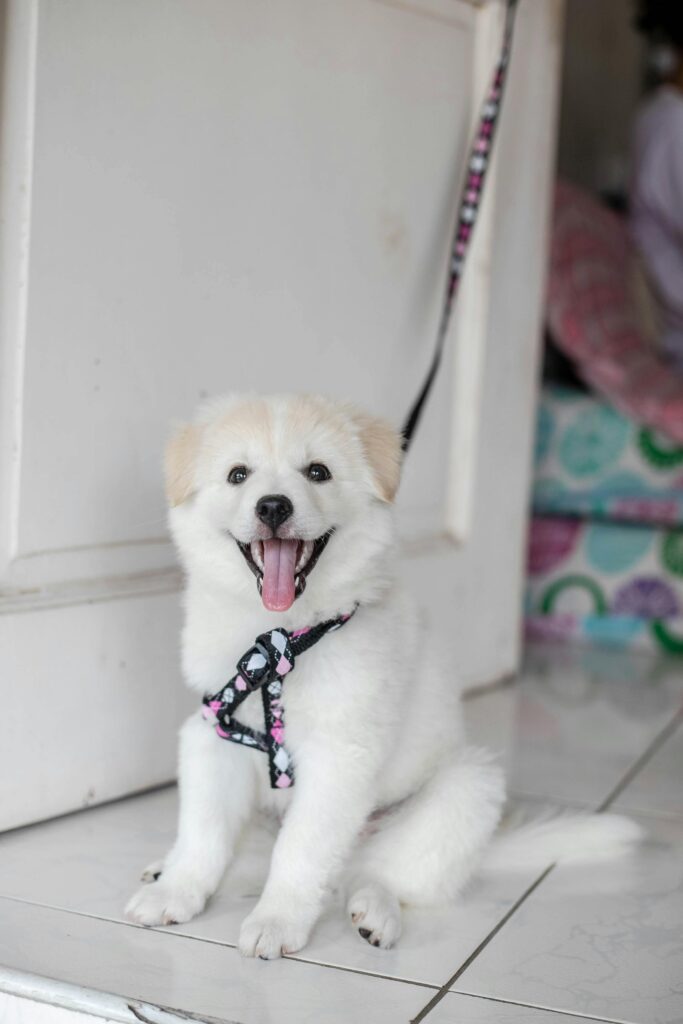Bringing a new dog into your home is exciting, but it can also be stressful for everyone involved. Your current dog may feel territorial, the new dog may be anxious, and without structure, conflict can develop quickly. As a trainer, I often see introductions go wrong because owners move too fast or assume dogs will simply work things out.
The key to success is creating a calm, structured environment from the start. With the right approach, you can set the stage for both dogs to build trust and become long-term companions.
Step One: Prepare Before the New Dog Arrives
Before your new dog even steps into the house, preparation is critical.
- Set up separate spaces: Have crates, beds, or gated areas ready so both dogs can have their own safe zones.
- Gather resources: Food bowls, toys, and chews should be duplicated to avoid resource guarding.
- Plan the first meeting: Choose a neutral location such as a park, not your living room.
Starting with structure prevents tension from day one.
Step Two: The First Meeting
Dogs should meet on neutral ground to reduce territorial stress.
- Keep both dogs leashed and under control.
- Walk them parallel at a distance before allowing closer interaction.
- Watch for body language like stiff posture, growling, or raised hackles.
- Keep the first meeting short and positive.
Avoid letting them meet face-to-face right away. Movement, like walking side by side, is less confrontational and sets a calmer tone.
Step Three: Bringing the New Dog Inside
Once the dogs have calmly interacted, bring them into the house together but keep control with leashes.
- Allow sniffing under supervision.
- Redirect either dog if tension rises.
- Give both access to water and rest without pressure to interact further.
- Use Place or Crate training to provide breaks.
Our Basic Obedience Program gives dogs the structure they need to follow commands like Place and Leave it, which are critical during this transition.
Step Four: Establishing Rules and Boundaries
Dogs thrive with clear, consistent rules. In multi-dog households, this is even more important.
- Feed separately to prevent resource guarding.
- Use crates or gates when unsupervised.
- Keep toys and chews limited until trust develops.
- Enforce obedience commands for both dogs equally.
Over time, consistency teaches your dogs what is expected and prevents conflict.
For more guidance on handling dynamics in multi-dog homes, our post on serious games for skill development explains how structured play can reduce tension and build positive associations.
Step Five: Monitor and Manage
Do not expect instant harmony. Some dogs take weeks to fully adjust.
- Supervise interactions closely.
- Step in at the first sign of tension rather than letting it escalate.
- Provide exercise and enrichment to reduce pent-up energy.
- Reward calm, relaxed behavior around each other.
Patience and consistency pay off.
Common Mistakes to Avoid
- Rushing introductions: Forcing dogs together too quickly often leads to fights.
- Allowing unsupervised time too soon: Until trust is built, separation is essential.
- Favoring one dog: Equal structure and attention prevent jealousy.
- Skipping obedience work: Without commands, you lack control when issues arise.
Expert Advice on Multi-Dog Introductions
The American Kennel Club provides guidance on introducing dogs and emphasizes slow, supervised introductions with clear boundaries. Combined with obedience training, these steps create a foundation for long-term harmony.
Quick Introduction Checklist
- Prepare spaces and resources before bringing the new dog home
- Meet on neutral ground first
- Supervise all initial interactions indoors
- Establish clear rules and boundaries for both dogs
- Use crates and Place for breaks
- Stay consistent and patient during the transition
Building Harmony in Multi-Dog Homes
Introducing a new dog into your household does not have to be stressful. With structure, supervision, and obedience training, you can create a balanced environment where both dogs feel secure.
Our Basic Obedience Program is the best place to start for ensuring both new and existing dogs know how to respond to commands that keep the peace. If you want personalized guidance for your multi-dog household, reach out through our contact page today.


